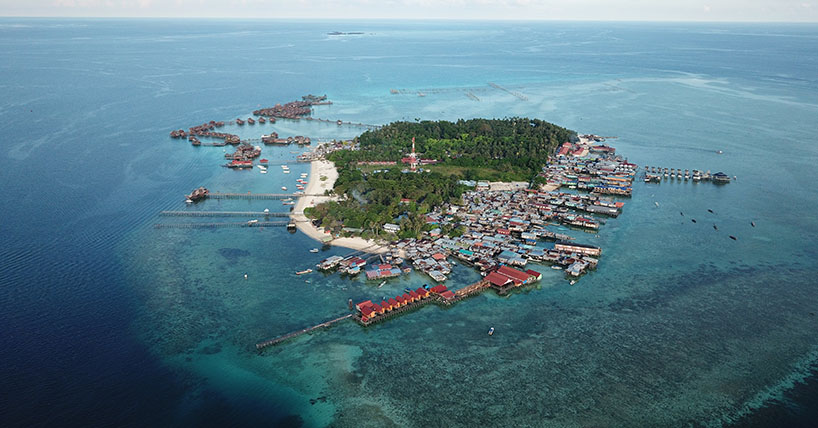sea-level rise
Long-term sea-level rise requires a worldwide commitment to adaptation
Published on: 30 September 2021
Without adaptation, sea-level rise will put millions more people at risk of flooding, scientists have warned.
This requires a timely and adequate commitment to adaptation. Using a novel “scenario-neutral” approach researchers from Deltares, together with Utrecht University, IVM, Newcastle University, Tyndall Centre and Bournemouth University, assess when, where, and how fast coastal areas need to adapt as far ahead as 2150.
Published in the journal Climate Risk Management, the study highlights that for some coastal locations it is a matter of time. After only ~0.15m SLR relative to 2020, 1 million people need to adapt to permanent submergence of their settlements, whilst the number of people at risk of a 100-year flood increases with 21% to 83 million.
Beyond 2080, global efforts to mitigate greenhouse gas emissions start to have a significant effect on risks. A doubling of the population at risk of a 100-year flood occurs after 0.75m SLR which could occur as early as 2080 under a high-end emissions scenario, or as late as 2150 if emissions are significantly reduced, leaving more time to adapt.
The rate, at which the risk increases, differs strongly by country. In some countries an additional 1-5 million people of the present population will be at risk of a 100-year flood within the next two to three decades (e.g. China, Vietnam, Egypt, Indonesia), while others have more time to adapt but will see rapid growth of risk (e.g. Netherlands, Thailand, Myanmar). Without additional adaptation, risk increases mostly in East and South Asia, but large increases are also projected for Europe and Africa.
Managing flood risk
“This study is timely to inform us about coastal risk and adaptation in the run up to the COP26 and IPCC 6th Assessment Report. The innovative scenario-neutral approach allows for a relatively easy update of the results when new climate change projections become available”, said Professor Richard Dawson, of Newcastle University’s School of Engineering and Tyndall Centre for Climate Change Research in the UK, IPCC lead author.
“Our study highlights that coastal areas will need to adapt to sea level rise sooner or later, depending on the sea level rise scenario. Some areas will experience a rapid increase in flood risk within this century either because large areas become unprotected at the same time or because sea level rise accelerates”, says Gundula Winter, hydrodynamics expert Deltares, and one of the authors.
Flood risk to sea-level rise can be managed through protecting, floodproofing, or limiting developments in high-risk areas or by planned relocation. A commitment to adaptation is inevitable if we are to maintain risk at present levels. The authors find that limiting developments in low-lying coastal zones could reduce flood risk to a 100-year event by 13% globally within the next few decades for all climate scenarios. As rates of SLR accelerate, adaptation needs to occur at an increasing pace or at a larger scale. With increasing warnings of potential acceleration of sea-level rise (e.g. due to rapid ice melt contributions from Antarctica), adaptation may need to happen faster and sooner than previously anticipated which can have consequences for how to adapt.
‘Accounting for impacts beyond 2100 is essential for sustainable decision making and allows for timely adaptation and alignment with other societal goals. Exploring adaptation pathways can help to break adaptation into manageable steps and identify potential lock-ins and robust adaptation options’, according to Marjolijn Haasnoot, Deltares, Utrecht University, IPCC lead author.
Failure to acknowledge the long-term adaptation commitment in development and adaptation planning would have profound consequences, including the expensive retrofitting of infrastructure, creation of stranded assets, and less time to adapt at greater cost. In contrast, considering the long-term adaptation commitment can support timely adaptation and alignment with other societal goals. Decision makers can use these findings to provide a first order assessment to target and coordinate national and regional adaptation and development investments
Reference:
Haasnoot, M., G. Winter, S. Brown, R.J. Dawson, P.J. Ward, D. Eilander. Long-term sea-level rise necessitates a commitment to adaptation: A first order assessment. Clim. Risk Manag. 34, 100355 (2021). https://doi.org/10.1016/j.crm.2021.100355
Press release with thanks from Deltares




